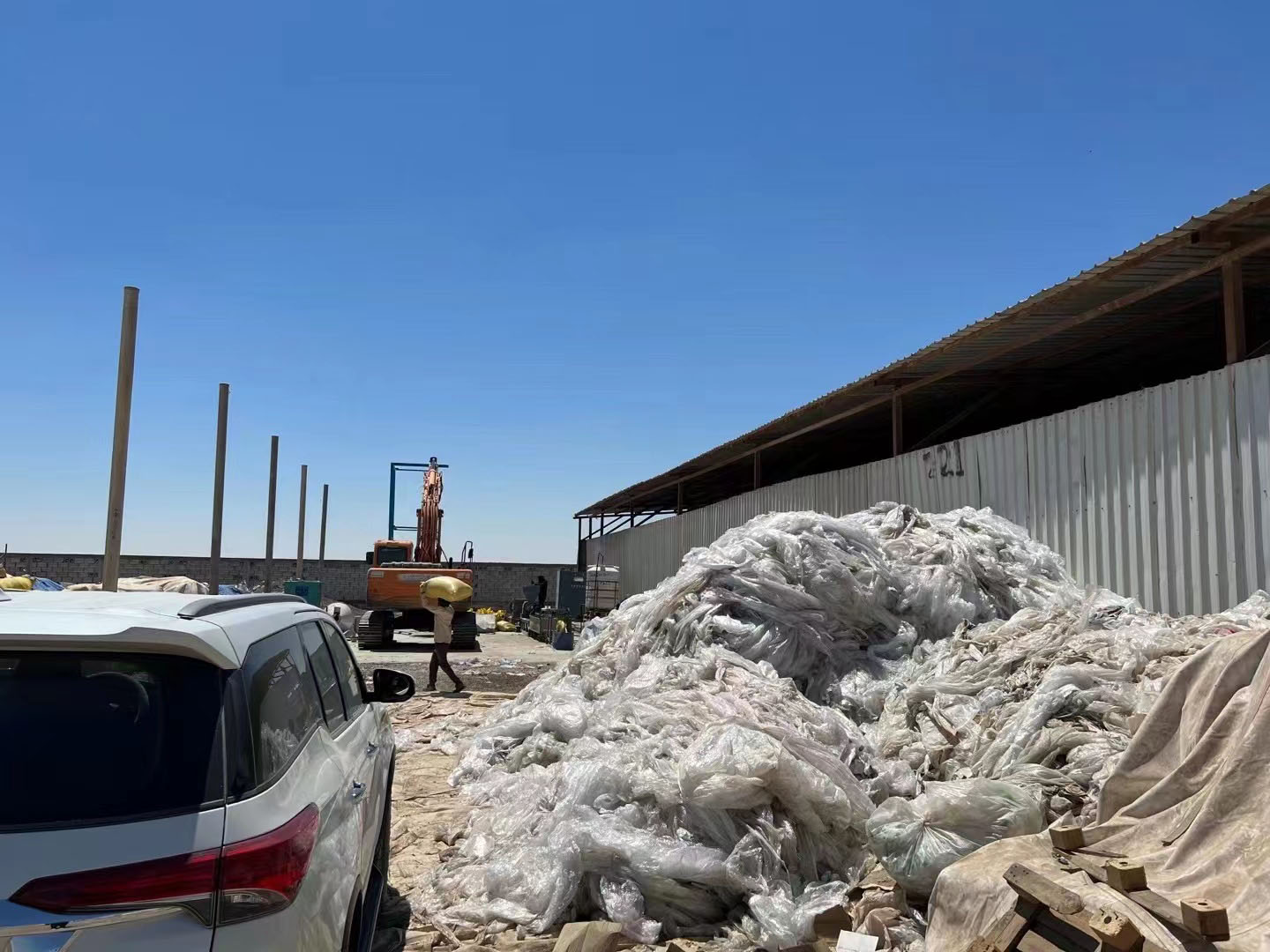The recycled plastics includes polyester, high-density polyethylene, polyvinyl chloride,low-density polyethylene, polypropylene, polystyrene, etc. The current processing methods of waste plastics include landfill, incineration,and manufacturing of recycled particles.

Due to its macromolecular structure, waste plastics are not easy to decompose and rot for a long time after being discarded, and they are light in weight and large in size. They can fly with the wind or float in water when exposed to the air. Therefore, people often use hilly depressions or natural depressions to build landfills for sanitary landfill. The sanitary landfill method has the characteristics of low construction investment and low operating cost, and has been widely used in the treatment of waste plastics in the world for a long time. However, landfill treatment has serious disadvantages: plastic waste has low density, large volume, and takes up a large area of space, which increases the burden on land resources.
Incineration to recover heat energy is another major method of waste plastics treatment.Waste plastic incineration has the advantages of large quantity, low cost and high efficiency. Compared with direct landfill, incineration effectively utilizes waste plastics and turns waste into treasure.However, incineration also has many disadvantages: with the change of plastic types and incineration conditions, harmful substances such as polycyclic aromatic hydrocarbons and carbon monoxide will be produced during the incineration of waste plastics, such as HCL produced by PVC and HCN produced by polyacrylonitrile. , causing environmental pollution. Waste plastics also contain heavy metal compounds such as cadmium and lead. These heavy metal compounds will be discharged together with smoke and incineration residue during incineration, and will also pollute the environment.
The production of recycled plastic pellets is a major advancement in waste plastic recycling technology.Using special plastic granulator technology, waste polyethylene, polypropylene and other plastics are processed into recycled granules that sell well in the market through crushing-cleaning-heating plasticization-extrusion molding process.Compared with simple landfill and incineration, the recycled plastic particles can be reused as raw materials in the plastic industry, realizing the real recycling of resources.
All over the world, the industry of using waste plastics to make recycled plastic has became popular, making great contributions to resource conservation and environmental protection.On the other hand, some enterprises have always been in a small-scale and disorderly production and operation mode, and there are still many problems. Since most recycled plastic pellet manufacturing enterprises are not aware of the pollution problem and lack the necessary pollution control conditions, the waste water produced under normal conditions , Impurities and residual waste are directly discharged, incinerated or discarded without treatment, causing serious pollution to the surrounding environment.
1st: Strengthen people's awareness of environmental protection and popularize the knowledge of waste plastic recycling. Change the common perception that products made from recycled plastic are inferior. And local governments in various countries support the waste plastic recycling industry and reprocessing enterprises.
2nd: Relevant industry associations in various countries give full play to their role in 篇plastic recycling industry coordination and planning. Experts and scholars with professional experience are required to make a comprehensive plan for the development of the industry.
3rd: Raise the threshold of the waste plastic recycling industry and use advanced plastic washing pelletizing recycling equipment/machine. Rectify waste plastic disposal sites with outdated production equipment and lack of skilled employees.
4th: During the recycling process of waste plastics, the waste water generated is further purified through waste water treatment equipment to meet the discharge standards.
The issue of waste plastic disposal has become increasingly urgent due to its negative impact on the environment. While landfill and incineration are common methods of disposing of waste plastics, they have significant drawbacks and can contribute to pollution. The development of recycled plastic pellets as a resource conservation technology is a major advancement in the recycling industry. However, there are still many issues that need to be addressed, including pollution control and the need for advanced recycling technologies. It is important to raise awareness about the benefits of waste plastic recycling and implement measures at both the individual and government level to support the growth of this industry. With proper attention and investment, the waste plastic recycling industry has the potential to make a significant contribution to the global effort to protect our planet.